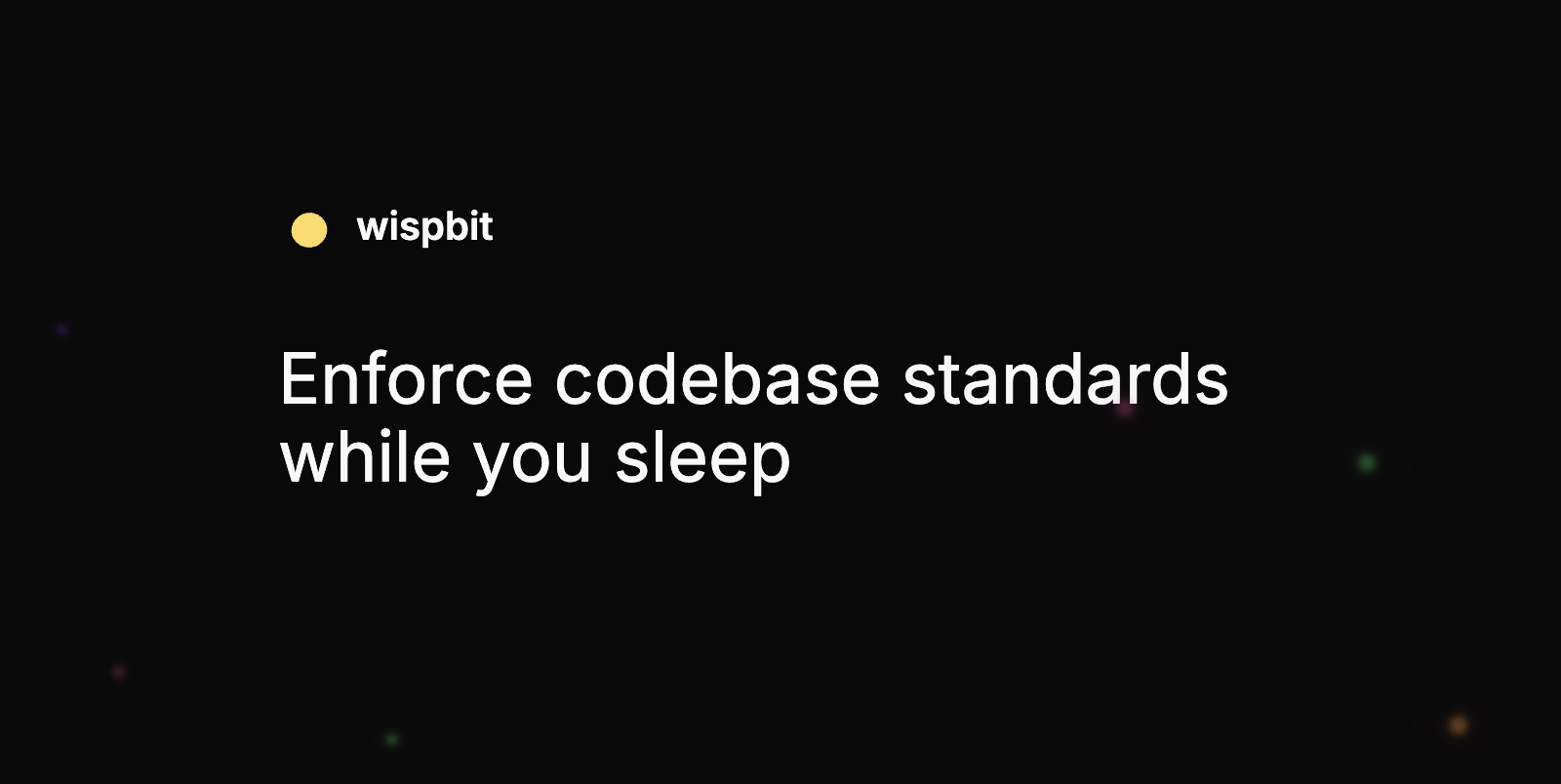DevOps Articles
Curated articles, resources, tips and trends from the DevOps World.
Patch Management is Essential for Securing DevOps
Summary: This is a summary of an article originally published by DevOps.com. Read the full original article here →
Patch management is a crucial aspect of securing the DevOps environment. As organizations embrace rapid development cycles and continuous integration/continuous deployment (CI/CD) practices, the need for effective patch management becomes undeniably clear. Ensuring that all software components, including operating systems, applications, and third-party libraries, are up to date is vital in mitigating potential vulnerabilities that could affect performance and security.
One of the key components of an effective patch management strategy is automation. Modern DevOps practices encourage the use of automation tools that streamline the patching process, enabling teams to apply updates efficiently across their environments. Tools like Jenkins, Ansible, and Puppet are often utilized to facilitate automated deployments and ensure consistency, drastically reducing the risk of human error during patch implementation.
However, patch management extends beyond simply applying updates. It involves careful planning, testing, and validation to ensure that patches do not disrupt the development workflow. Continuous monitoring for vulnerability disclosures is also essential, as it allows teams to prioritize patches based on the severity of the vulnerabilities and their potential impact on the system.
Fostering a culture of security within DevOps teams is fundamental to the success of patch management initiatives. By integrating security practices into the CI/CD pipeline, organizations not only protect their applications but also cultivate a proactive stance towards identifying and addressing potential security risks.
Product
Useful Links
Made with pure grit © 2025 Jetpack Labs Inc. All rights reserved. www.jetpacklabs.com





